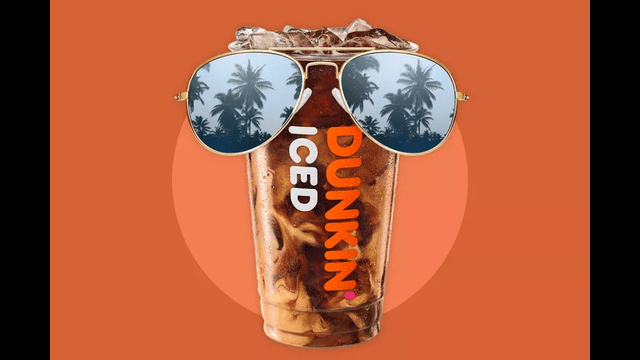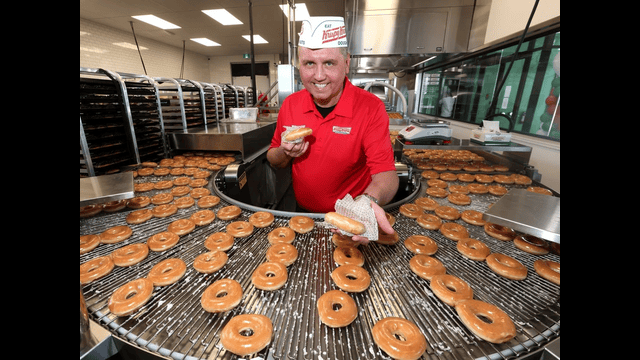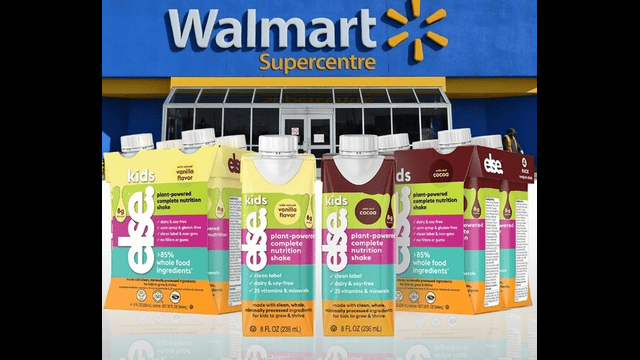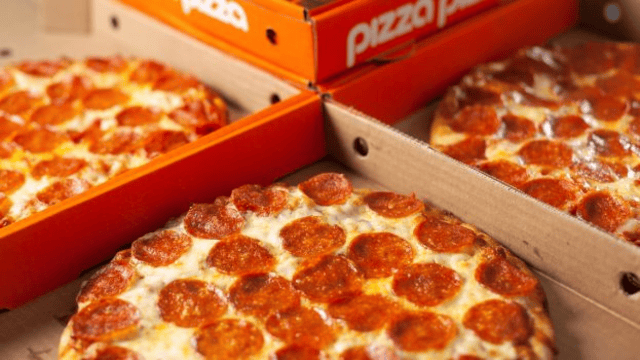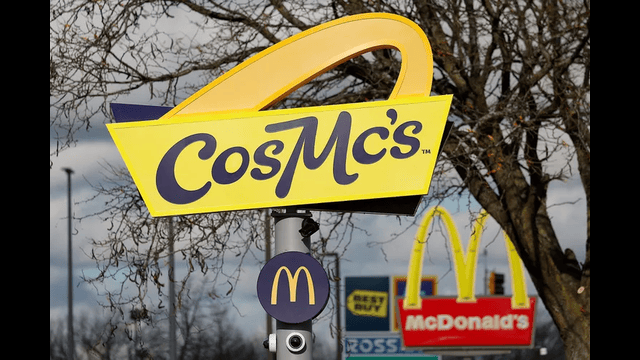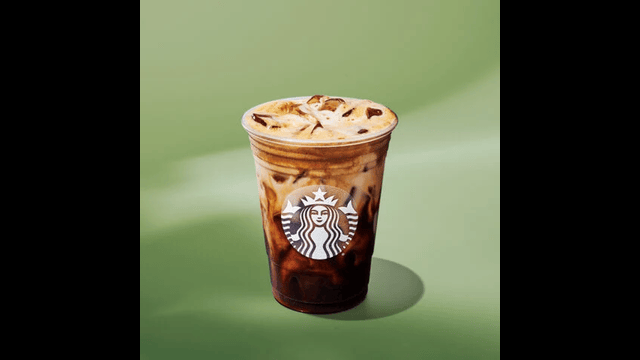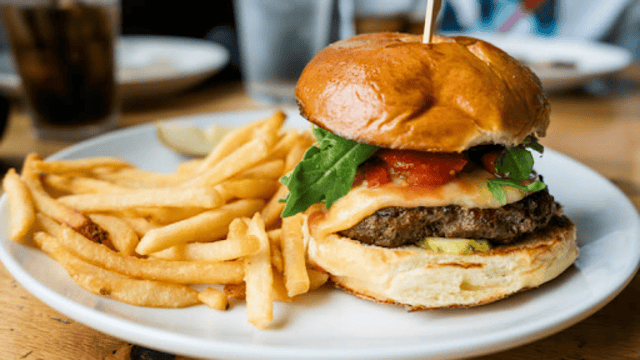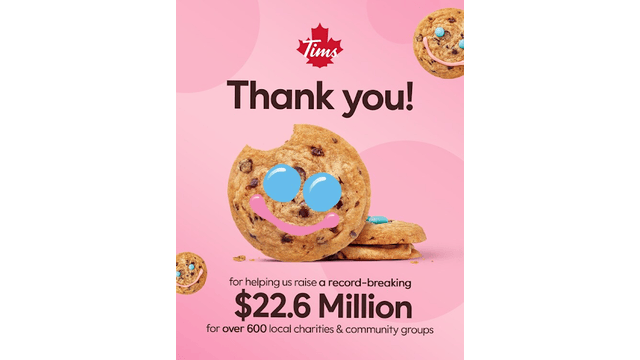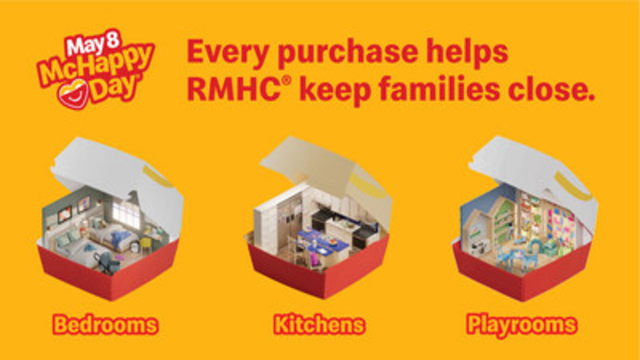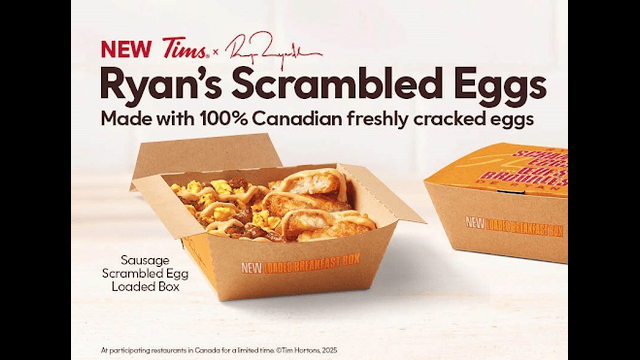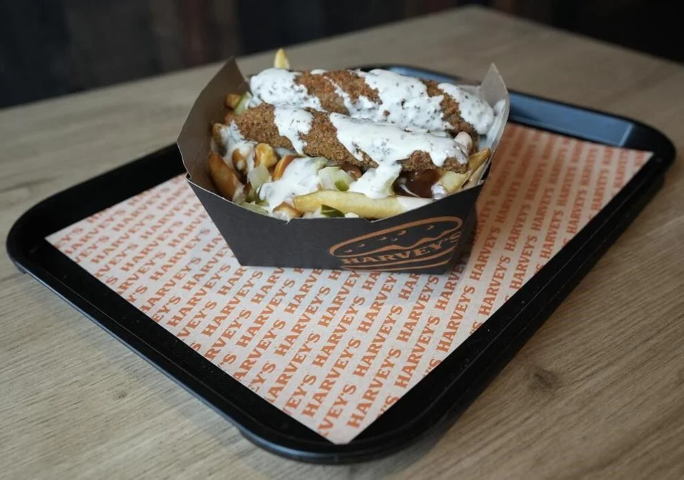
A Harvey's menu hack of pickle pickle poutine is shown at a Harvey's location in Richmond Hill, Ont., on Monday, March 18, 2024. THE CANADIAN PRESS/Nathan Denette
In the bustling world of fast-food chains, Meera Patel, the marketing director of Harvey’s, meticulously catalogues the myriad ways customers innovate by merging or transforming menu items. From simple blends like coating chicken nuggets in a concoction of barbecue and ghost pepper sauces, affectionately dubbed "cowboy caviar," to more intricate creations such as dropping pie slices or mini cinnamon sugar doughnuts into milkshakes, or encasing hotdogs in onion rings, the spectrum of inventive combinations continues to expand.
While some might perceive such customizations as a hassle for fast-food establishments, potentially disrupting their streamlined processes aimed at swift and consistent order fulfillment, chains are increasingly embracing these "menu hackers." In most cases, as long as customers assemble the dishes themselves, chains are receptive to these innovations. Moreover, they are leveraging the most popular concoctions to influence menu development, marketing strategies, equipment choices, and staff training.
The rationale behind this shift goes beyond merely accommodating customer preferences; it encompasses enhancing brand recognition and profitability. According to Robert Carter, a food industry analyst with the StratonHunter Group, restaurants recognize the importance of catering to the social aspect of dining, moving beyond mere value offerings to provide an engaging and personalized experience.
Menu hacking itself is not a new phenomenon. People have been reimagining fast food for decades, but the rise of social media has propelled this pastime to new heights. Secret menus, featuring unadvertised dishes that gained popularity through word-of-mouth, and increased customization options, such as selecting burrito fillings or burger toppings, laid the groundwork. Cafés like Starbucks embraced individualization, allowing customers to customize drinks with whipped cream, flavored syrup, ice variations, and coffee strength. Starbucks now boasts an impressive 170,000 different drink combinations, reflecting a shift towards personalization that began around 1989.
The evolution from standard customizations to menu hacking is driven by several factors, including the influence of social media, shorter attention spans, a penchant for novelty, and the preferences of a younger demographic. Platforms like TikTok and Instagram abound with influencers sharing unconventional creations, such as the "Land, Air, and Sea" burger, which combines a Big Mac, Filet-O-Fish, and McChicken.
Jay McKinney, known for his popular TikTok account @tacotycoon420, found fame with his "big nug" sandwich, which replaces the middle bun of a Big Mac with chicken nuggets. McKinney's experimentation began when he moved to Calgary during the COVID-19 pandemic, reviewing tacos before transitioning to devising unique dishes. His creations have garnered widespread attention, inspiring others to replicate his orders.
For Harvey’s, Patel witnessed firsthand how customer-inspired combinations like poutine with pickles led to the launch of the "pickle pickle poutine," featuring skin-on fries topped with deep-fried pickles, diced pickles, and ranch dressing. Despite the dish's success, introducing new menu items entails meticulous planning, considering factors like customer receptiveness, recipe refinement, ingredient availability, cost implications, preparation time, equipment requirements, and food presentation.
Other chains like McDonald's and A&W have similarly introduced menu hacks as official offerings, responding to consumer demand for novelty and customization. However, there are limitations to customization, particularly concerning operational complexity. Both Starbucks and Harvey’s require customers to take a DIY approach when ordering menu hacks, ensuring that they assemble the dishes themselves.
Despite the messiness and effort involved, customers are drawn to the opportunity to exercise creativity and control over their dining experience. McKinney, echoing this sentiment, expresses his intention to continue experimenting with menu hacks, fueled by his passion for culinary innovation.


